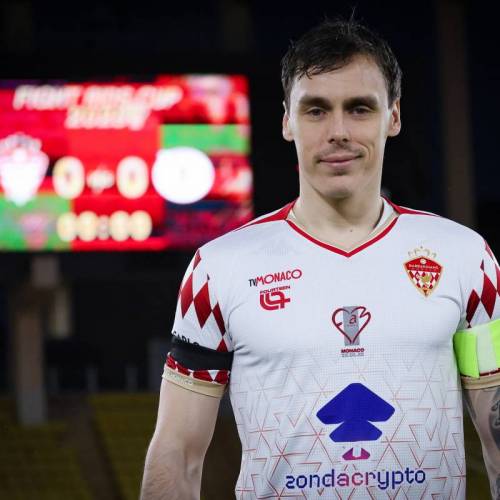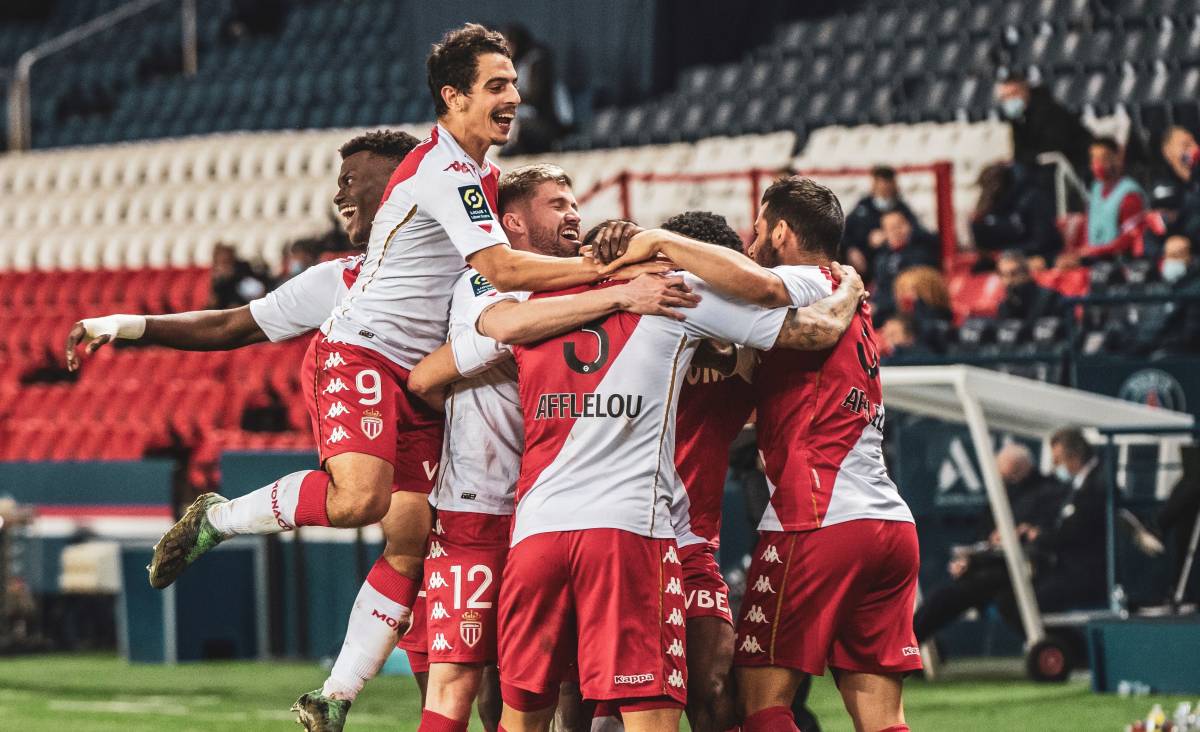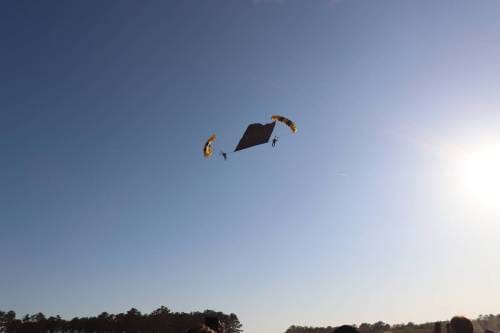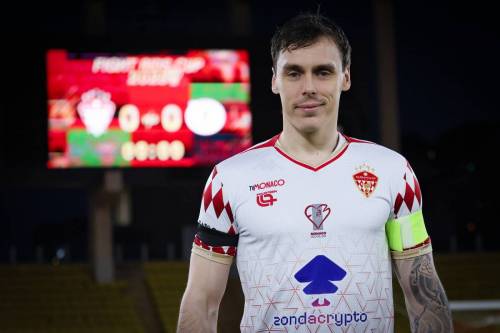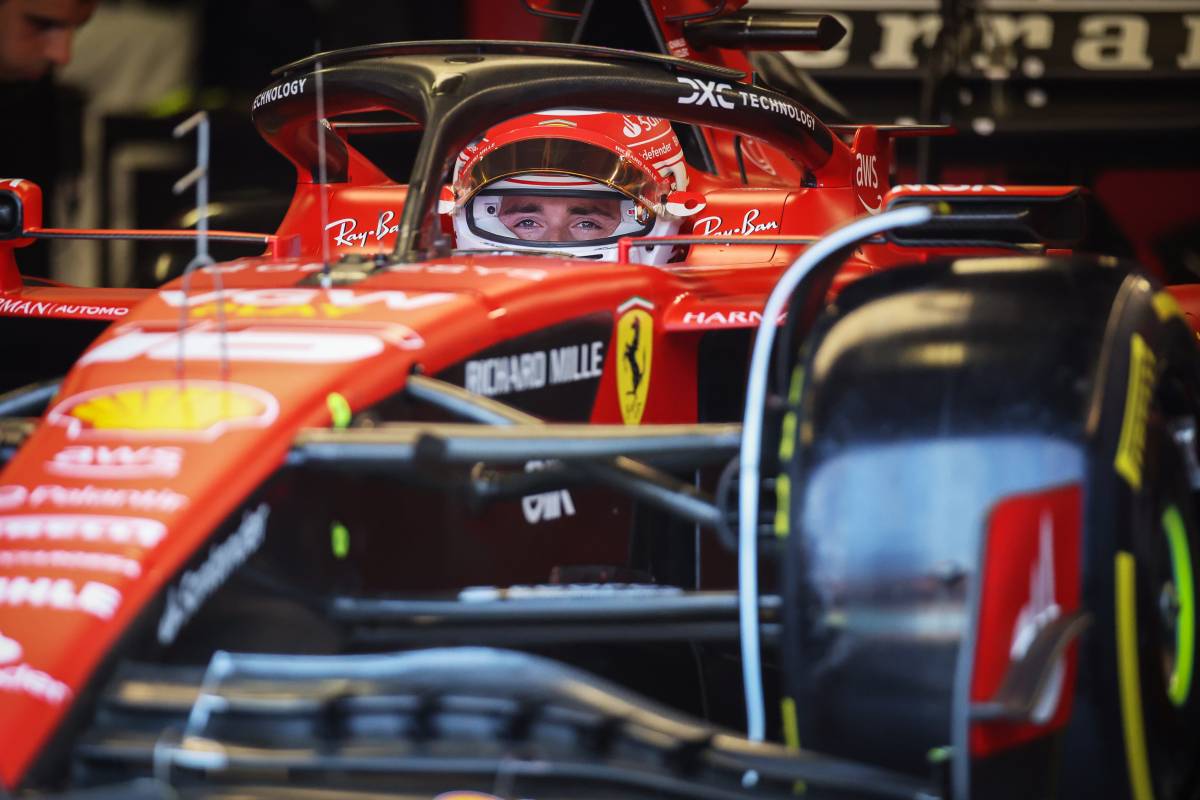As it approaches its 100th anniversary (in 2024), AS Monaco remains one of the most successful clubs in French football. With 8 French championship titles, 10 national cups and 2 European finals, the Monegasque club is one of the most successful in Ligue 1.
The Club’s popular identity markers remain more present than ever: the arches of Stade Louis-II, in the heart of the Fontvieille district; an iconic shirt with the mythical red and white diagonal, born from the imagination of Princess Grace in 1960, and still present on the Monegasque tunic; a certain idea of how to play the beautiful game as well as the support of fans, making AS Monaco one of the most well-stocked fan bases in L1, and even in the world, with a community of more than 16 million fans on social networks.
All these years, the Red and Whites have perpetuated their legend and have always managed to recover from difficult situations. In fact, AS Monaco is the only club in the French Championship to have won at least one French championship title in every decade since the 1960s, making it one of the most consistent clubs at the highest level.
However, even the greatest Clubs with League titles galore and silverware to match have difficult times to match the exhilarating moments of glory. And while they are icons nowadays, we often have forgotten about their earlier struggles — including their struggle to even exist. In the beginning it was like that for Monaco.
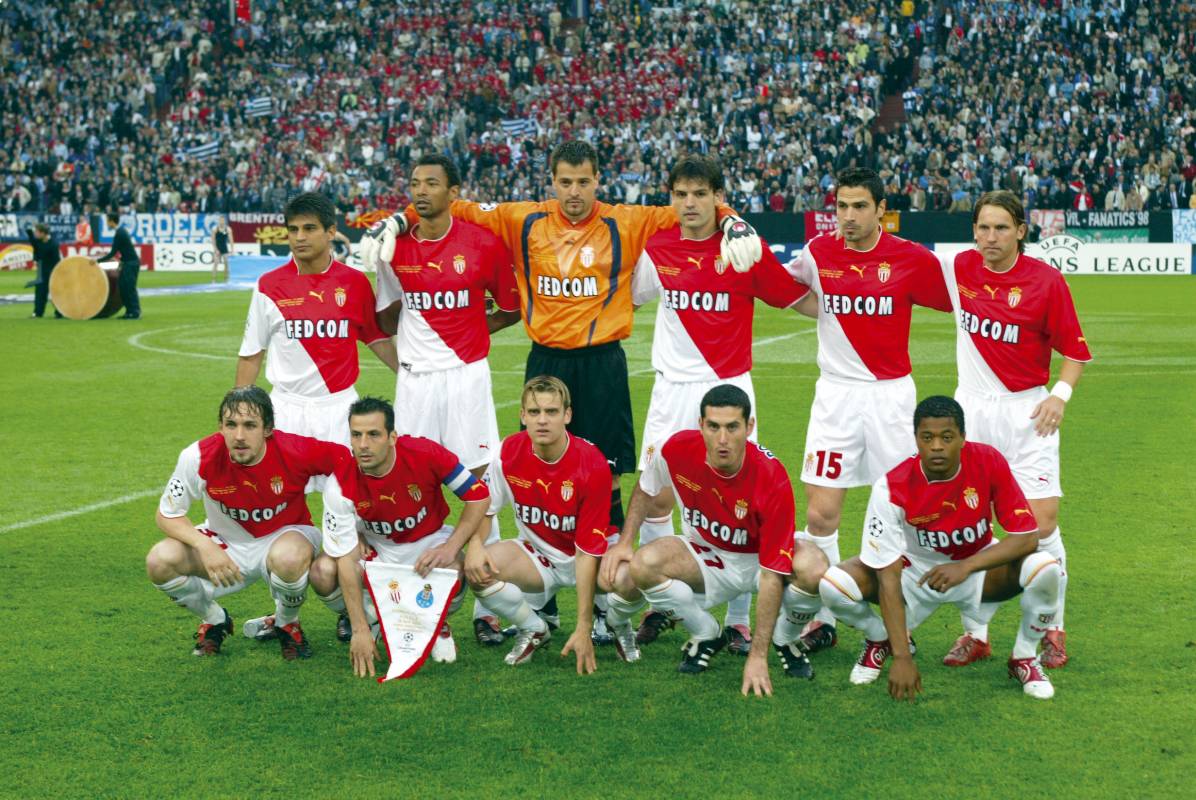
History of the Club
Seeds were planted even as far back as 1903 but it was in 1919 that Monaco became a football club — fruit of the amalgamation of several Clubs, one notably being Herculis football club. Herculis itself was created in 1903, making it the second-oldest club in French football history after Le Havre. The other sporting clubs of the Principality included the Swimming Club and the aptly-named AC Riviera. There were five clubs in all. And Monaco FC formally became part of the great “AS” (Association Sportive de Monaco) family of sports clubs when AS Monaco was founded on August 23rd, 1924.
After a faltering attempt to turn professional in 1933, Monaco finally managed to overcome that hurdle definitively in 1948 by entering the Second Division. By 1953 they had achieved promotion to the First Division for the first time in their history, supported by the Royal Family and particularly by Prince Rainier.
It had been back on April 23rd, 1939, that Stade Louis II was inaugurated allowing the club to have an upgraded stadium and get their professional status back.
The Start of the Silverware
With charismatic coach Lucien Leduc and legendary captain Michel Hidalgo at their helm, AS Monaco found their footing in the First Division and eventually won their first silverware in 1960, a French Cup win over Saint-Etienne.
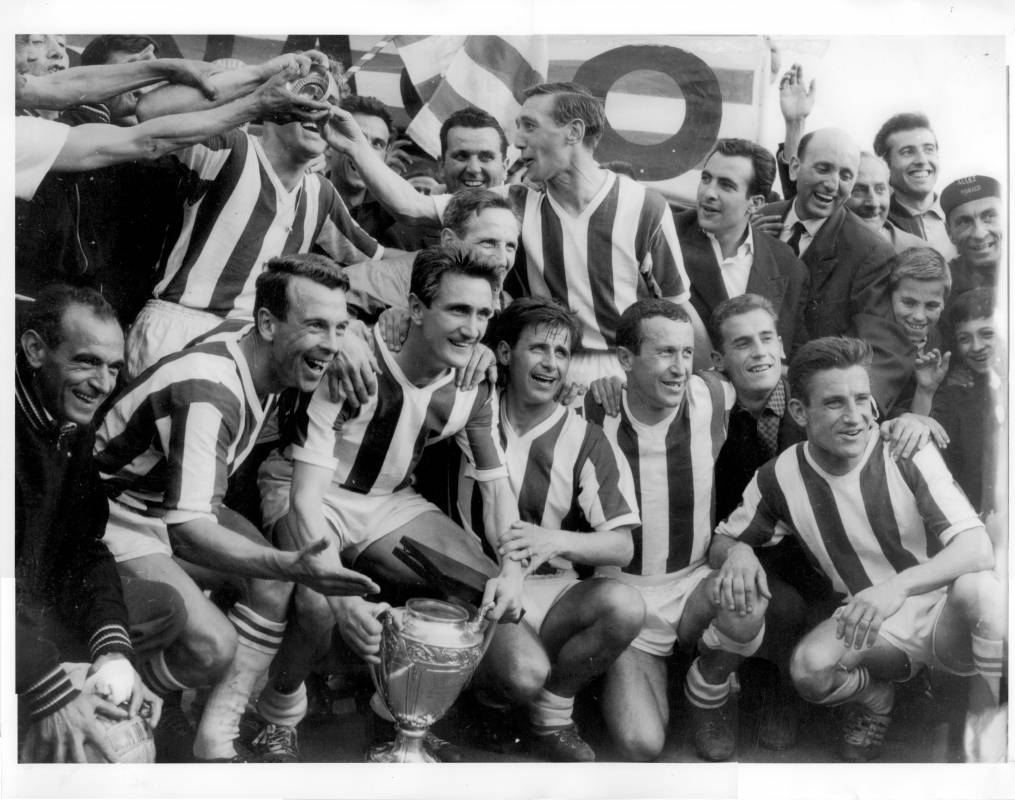
The next year, with a new jersey designed by Princess Grace swapping the vertical red-and-white stripes for diagonal ones, a design still dominant today, ASM won the French League for the first time. The League win was repeated two seasons later as Henri Biancheri and his teammates earned the first League-Cup double in ASM’s history.
But you would have to endure periods full of agony as well as ecstasy and have nerves of steel. Read on, their history is rich indeed — over 100 years of it. And look at the roster of talent over the years, among them were Delio Onnis, Bruno Bellone, Jean-Luc Ettori, Enzo Scifo, Jürgen Klinsmann, Thierry Henry, Youri Djorkaeff, Fabien Barthez, Patrice Evra, Yaya Touré, just to name a few.
The year 1973 witnessed ASM bringing in historically its greatest ever striker, Argentinian player Delio Onnis who became their best-ever scorer over the next six years (223 goals).
Years of Success
Lucien Leduc guided Monaco to three league titles and two domestic cups. In 1960, Monaco coach Lucien Leduc had already led the club to its first professional trophy, the Coupe de France, beating Saint-Étienne 4:2 in extra time. This initial success was bettered in the following year 1961 with the club winning the French Championship for the first time in its history, qualifying for the European Cup. Leduc subsequently led the club to its first League and Cup Double in 1963.
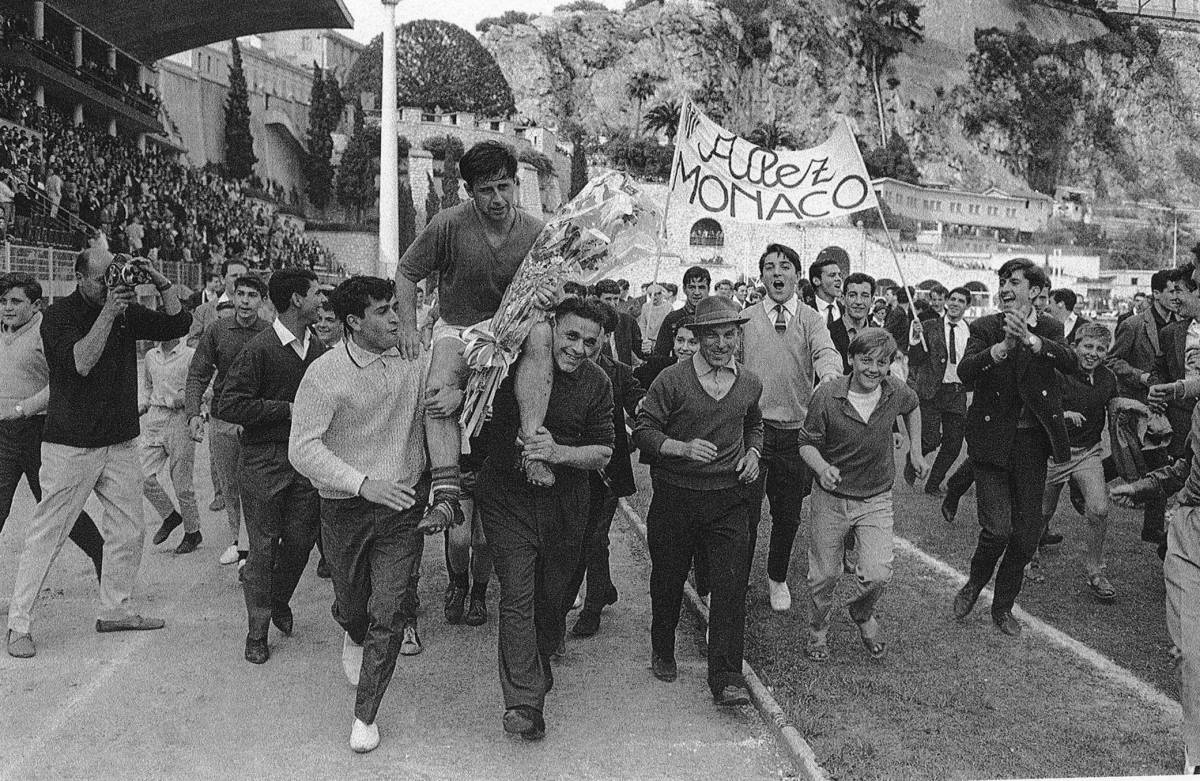
Upon Leduc’s departure in 1963, Monaco endured a barren run. Chairman Jean-Louis Campora (son of former president Charles Campora) in his second season, brought back Leduc, who immediately steered the club to promotion to the first division and won the championship the following year in 1978. And in 1979 ASM won their first La Coupe des Alpes trophy. Leduc subsequently left the club again in 1979.
The early 1980s saw a steady flow of successes in national competitions. Monaco gained a title virtually every other year, the Coupe de France in 1980 and 1985, the French Championship in 1982, and it was Coupe de France finalist and French Championship runner-up in 1984. Can you guess what was one of the biggest match wins in the Club’s history? In the 1985–1986 season, Monaco gave Bordeaux a thorough hammering 9:0!
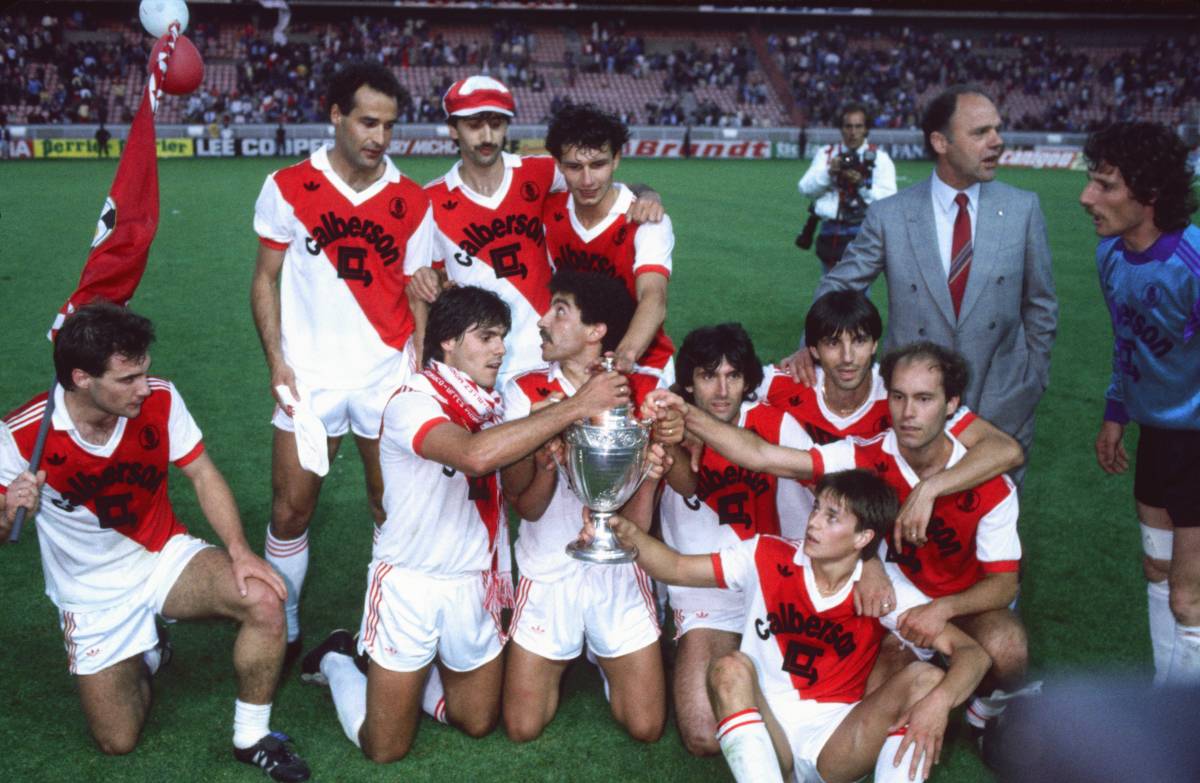
In 1987 AS Monaco signed Arsène Wenger. Wenger’s reign marked one of the club’s most successful periods. Youth team policies produced future World Cup winners Emmanuel Petit, Lilian Thuram and Thierry Henry. Under Wenger, they won the league in his first season in charge (1988) and the Coupe de France in 1991, with the club consistently competing in the latter stages of the European Cup and regularly challenging for the league title.
After Wenger’s departure, the club went on to record two further league championships under Jean Tigana in 1997 and under Claude Puel in 2000.
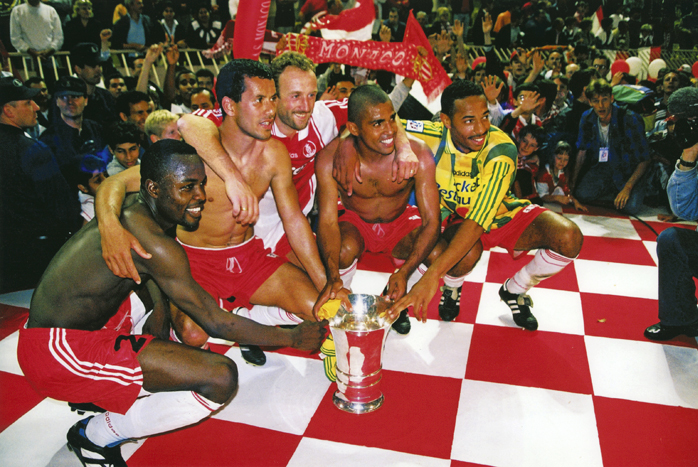
The Modern Wave of Agony and Ecstasy
The team, coached by former French national team captain Didier Deschamps and featuring soccer giants such as Fernando Morientes, Ludovic Giuly, Jérôme Rothen and Dado Pršo, finished third in Ligue 1 and enjoyed a remarkable run to the final of the UEFA Champions League, beating Real Madrid and Chelsea along the way. However, in spite of the on-field success, the 2003–2004 season was one of the club’s most difficult financial years in its history. With debt amounting to 53 million euros the club was struggling to keep its best players and the Palace was looking for new investors. Within 12 months, Deschamps had left as coach.
Monaco finished the 2010–2011 season in 18th position. There were no funds to strengthen the squad, a very young team was going through a long series of defeats with changes of coaches. By December 2011, Monaco had sunk to the bottom of Ligue 2. But then its modern Renaissance era began.
In December 2011, 66.67 % of the club was sold to the Russian billionaire and Monaco resident Dmitry Rybolovlev. The new dynamic launched another wave of resurgence — back again to Ligue 1 with coach Claudio Ranieri, whose attacking oriented football saw the club score 64 goals in the 2012–2013 season. With the club only losing four times, Monaco completed the season as champions, earning promotion back to Ligue 1.
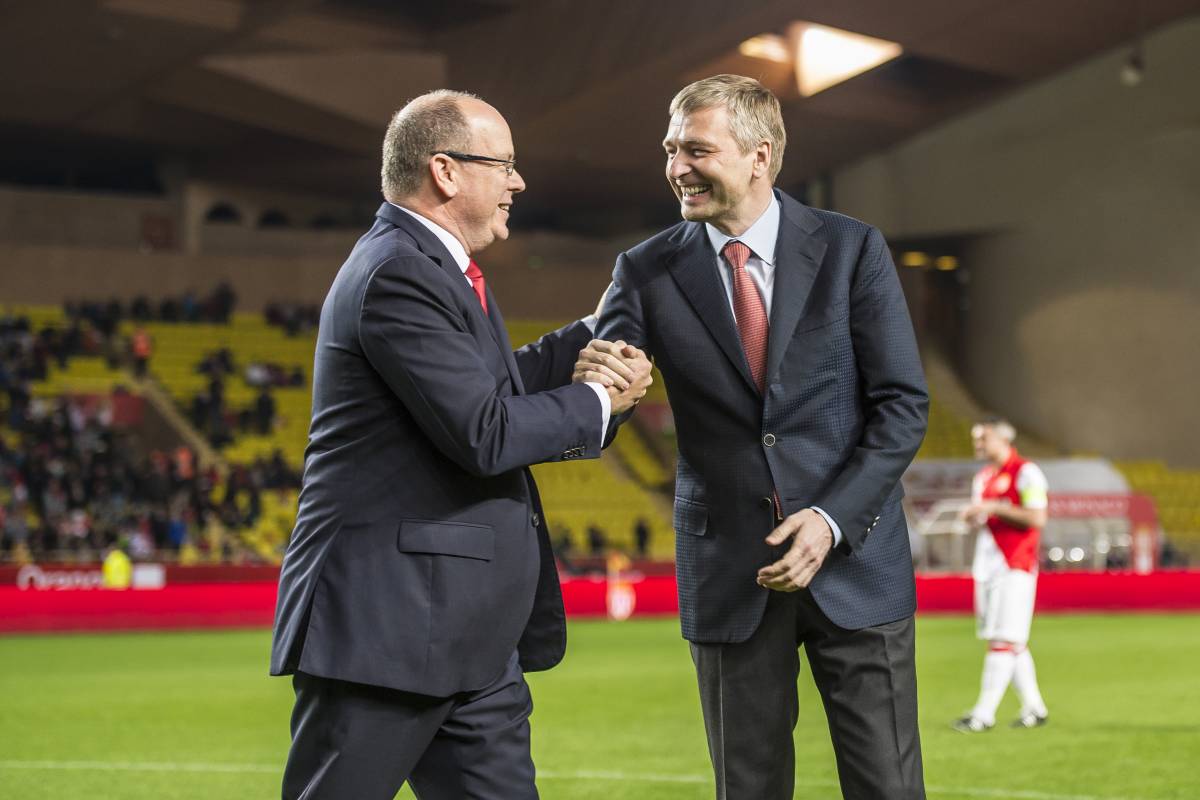
Monaco became one of the most prodigious spenders in European football in the summer of 2013. Thanks to Rybolovlev investments they spent more than €150 million on players including Radamel Falcao, James Rodríguez and João Moutinho.
Ranieri was succeeded by Leonardo Jardim who joined Monaco in 2014, and with Jardim the club managed to succeed at grabbing its eighth Ligue 1 championship in the 2016–2017 season. The title was secured on 17 May 2017 by defeating Saint-Étienne 2:0. Radamel Falcao and Kylian Mbappé scored 30 and 26 goals respectively to ensure Monaco won their first Ligue 1 title in 17 years.
The 2016–2017 season was also marked by a Champions League semi-final against Juventus. Before that, Monaco had dominated Tottenham, Manchester City and Borussia Dortmund, thus confirming their reputation for defeating the continent’s big teams.
All this while managing to attract to the red and white shirt, thanks to the unfailing support of president Dmitry Rybolovlev, such stars as Falcao, Berbatov, Moutinho, Carvalho, Abidal, Ben Yedder and Fabregas.
AS Monaco has long known how to combine experience and talented youth. A pioneer in training since the 1970s, the club has made the development of young players a trademark and is one of the best suppliers of international players.
History records that 5 French world champions were trained at Monaco (Henry, Trezeguet, Petit, Thuram and Mbappé), or that 4 players trained at the club scored the last goal sealing the 4 great successes of the French national team in international competition (Bellone at Euro 1984, Petit at the 1998 World Cup, Trezeguet at Euro 2000 and Mbappé at the 2018 World Cup).
In recent years, the Club, which can now take advantage of a high-quality living centre for the Academy with the La Diagonale building, has also become a reference in post-training, bringing out young talents from other horizons in the image of Martial, Bernardo Silva, Carrasco, Ocampos, Bakayoko, Fabinho and Lemar.
AS Monaco remain ambitious. The delivery of the La Diagonale building in autumn 2020 and the forthcoming delivery of the Performance Centre, currently in the final stages of construction at La Turbie, are new tools in the quest for excellence.
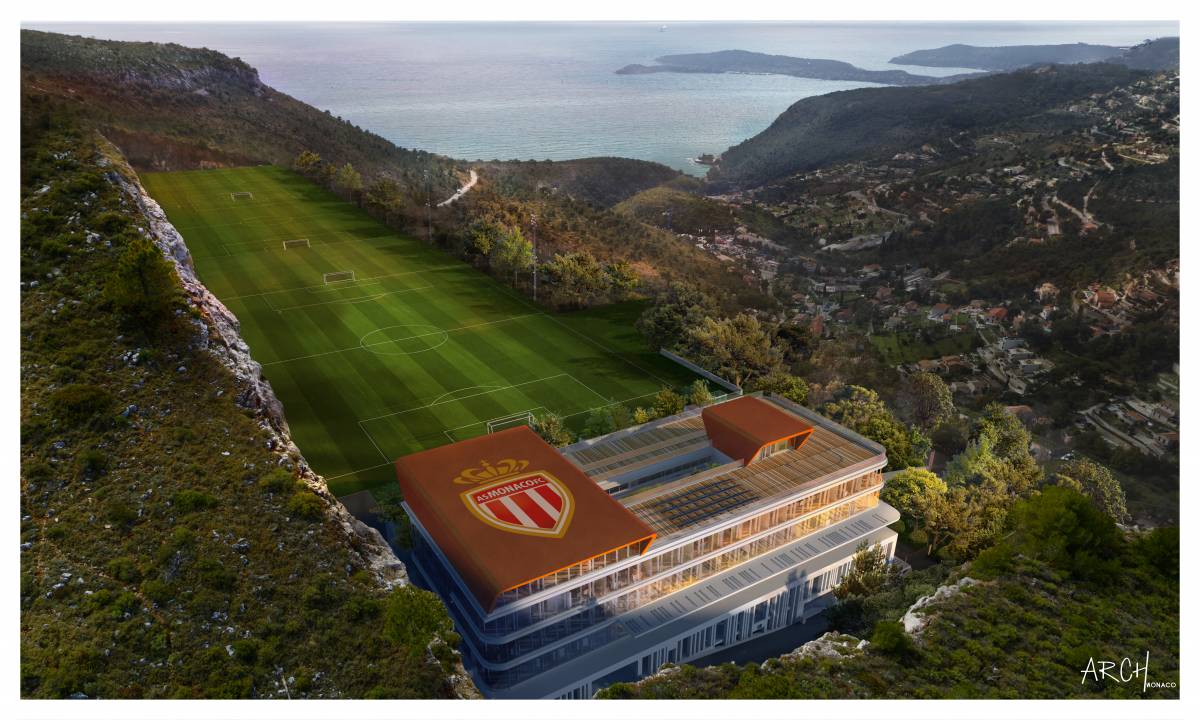
This €55 million investment in the construction of the Performance Centre, which was assured by President Dmitry Rybolovlev, is a testament to the lasting sporting ambition that drives him, but also to his desire to provide AS Monaco with solid foundations for the future.
Europe Beckons
The season 2020–2021 that has just ended was one of renewal for AS Monaco.
After President Rybolovlev appointed Oleg Petrov as vice-president and then Paul Mitchell as sporting director, and Niko Kovač as head coach, the team went through a difficult period of adaptation, and then succeeded in an exceptional second half of the season, enabling them to find a way to the French Cup final and to finish the year in third place. With 51 points from 21 games, AS Monaco is the Big-5 team with the most points in 2021, second only to Manchester City.
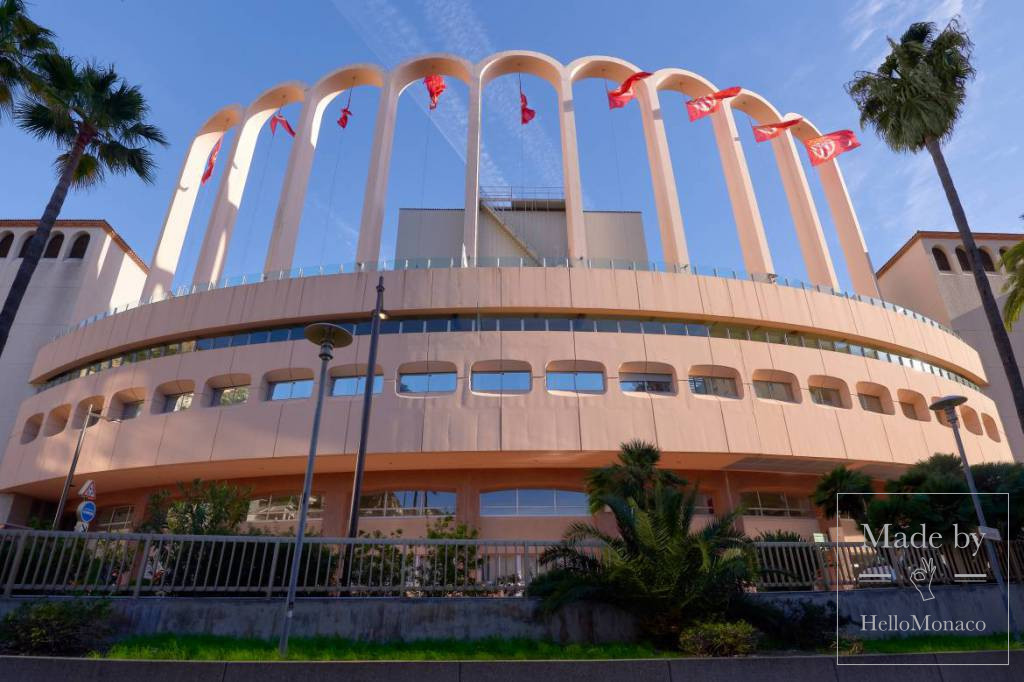
This third place — the sixth podium in eight seasons in the top flight since the arrival of President Dmitry Rybolovlev — allows the Monegasque team to qualify for the European Cup next season.
Opportunity knocks as the Club jockeys alongside the greatest Clubs playing for European glory. The past includes finals of the 1992 Cup Winners’ Cup and the 2004 Champions League — fulfilling the Monegasque appetite to be at the pinnacle of Europe. This leaves an as yet unwritten chapter to complete the Club’s glory for all-time — glory at the top of Europe. That would be the ultimate historic achievement — winning the Europa League and ultimately winning the UEFA Cup. And having just qualified for the UEFA Cup competition after a successful podium finish in 2021, the hunt for ultimate glory is on — History awaits.

